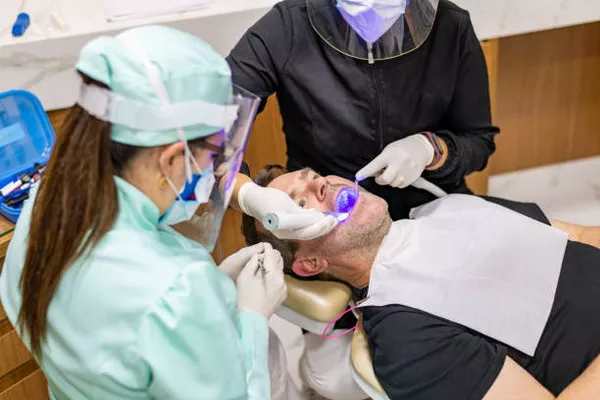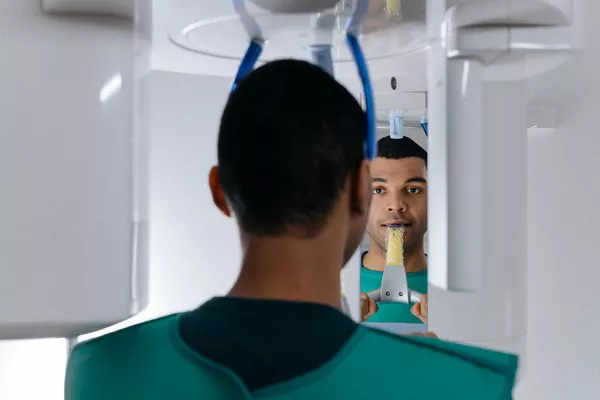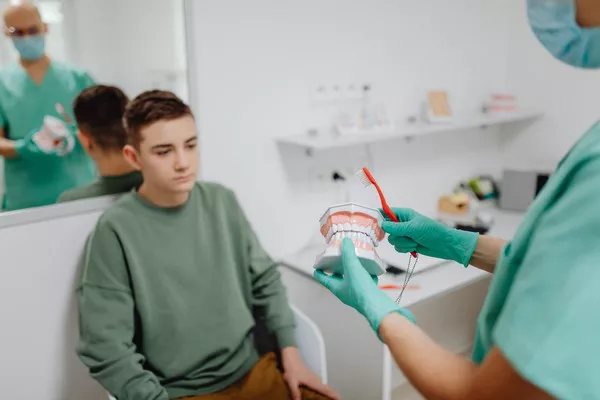Teeth whitening strips have become a popular choice for achieving a brighter smile at home, but concerns may arise about the safety of swallowing the gel used in teeth whitening strip. This article aims to provide a comprehensive overview of the safety considerations, potential risks, proper usage instructions, immediate actions in case of accidental ingestion, when to seek medical attention, and alternative teeth whitening options that pose less risk.
Safety Information
Teeth whitening strips typically contain a peroxide-based gel that adheres to the surface of the teeth to bleach stains. The gel is designed to remain on the teeth during the recommended application time to achieve whitening effects. Swallowing small amounts of this gel inadvertently during normal use is generally considered safe, as the concentration of peroxide is low and intended for oral use.
Potential Risks
While swallowing small amounts of teeth whitening gel is unlikely to cause harm, larger quantities can pose risks:
Stomach Irritation: Ingesting significant amounts of peroxide can lead to stomach irritation, nausea, and vomiting.
Chemical Burns: Extreme cases of swallowing large amounts of gel could potentially lead to chemical burns in the digestive tract.
Instructions for Use
To minimize the risk of accidentally swallowing teeth whitening gel:
Follow Instructions: Read and follow the manufacturer’s instructions carefully before using teeth whitening strips.
Apply Correctly: Place strips on dry teeth and ensure they adhere properly to avoid gel migrating to other areas of the mouth.
Avoid Swallowing: Be mindful not to swallow excess gel during the application period.
See Also: What Happens When Tartar Breaks Off
Immediate Actions
If a small amount of gel or a piece of whitening strip is swallowed accidentally:
Drink Water: Immediately rinse the mouth with water to dilute any remaining gel.
Monitor Symptoms: Watch for any signs of discomfort, nausea, or unusual sensations in the stomach.
When to Seek Medical Attention
Seek medical attention promptly if:
Severe Symptoms: Experience severe stomach pain, persistent nausea, vomiting, or difficulty breathing after swallowing a significant amount of gel.
Large Ingestion: Ingest a large quantity of gel or multiple strips, as this could lead to more serious health issues.
Alternatives to Strips
Consider these alternative teeth whitening methods that pose minimal risk of accidental ingestion:
Whitening Toothpaste: Contains mild abrasives and polishing agents to remove surface stains without prolonged contact with peroxide.
Whitening Mouthwash: Rinse with a whitening mouthwash that does not require adherence to teeth, reducing the risk of swallowing peroxide.
Conclusion
Teeth whitening strips are a convenient option for enhancing dental aesthetics, but understanding their proper use and associated risks is essential for safe application. While swallowing small amounts of whitening gel is generally safe, precautions should be taken to prevent accidental ingestion of large quantities. Following manufacturer’s instructions diligently, knowing when to seek medical attention in case of significant ingestion, and considering alternative whitening methods can help ensure a safe and effective teeth whitening experience. As with any oral care product, consult with a dental professional for personalized advice on achieving a brighter, healthier smile.
You Might Be Interested In






























